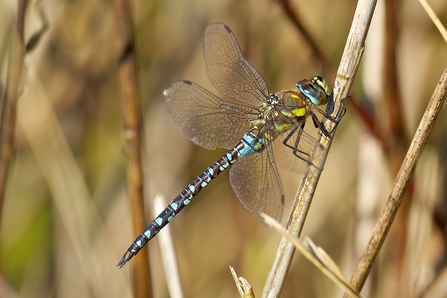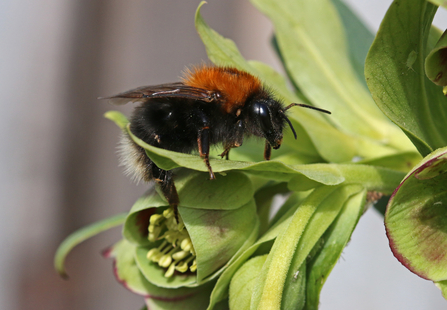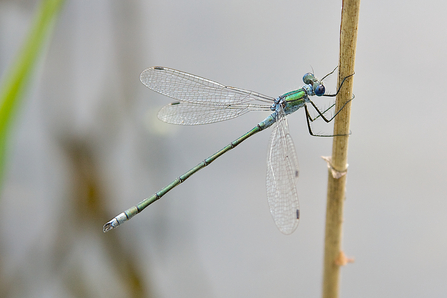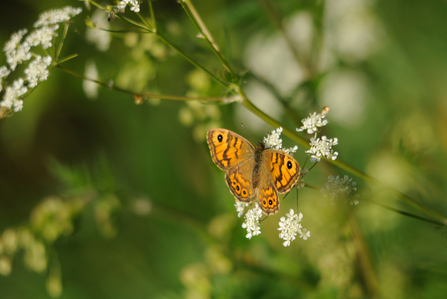When talking about the climate crisis, I sometimes meet people who don’t admit the climate is changing, or think it’s just a natural process which has happened before. I disagree [1], and if you look into local gardens, the signs are clear.
Literally hundreds of species have colonised Britain in the last 40 years, nearly all coming from further south in Europe. Most have arrived in southern or south-eastern England and have spread northward and westward. While the largest and most conspicuous are probably birds such as Little Egret, Cattle Egret and Purple Heron, the most numerous are the insects.
It’s sobering to think that whenever I go for a walk in summer, I’ll see dozens of species that the best Victorian naturalists would never have seen in Britain.





